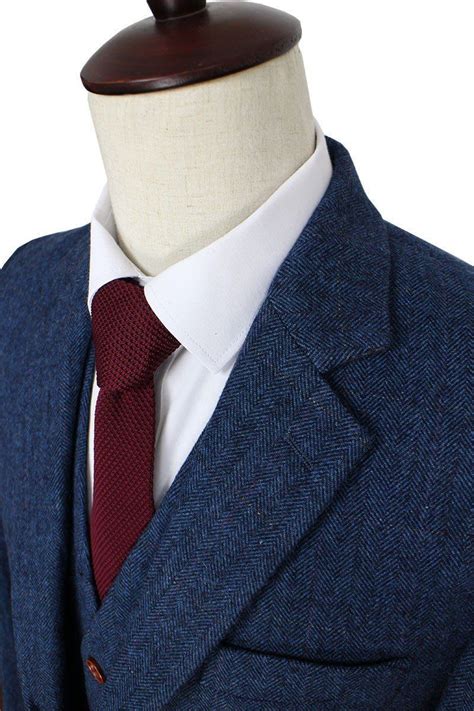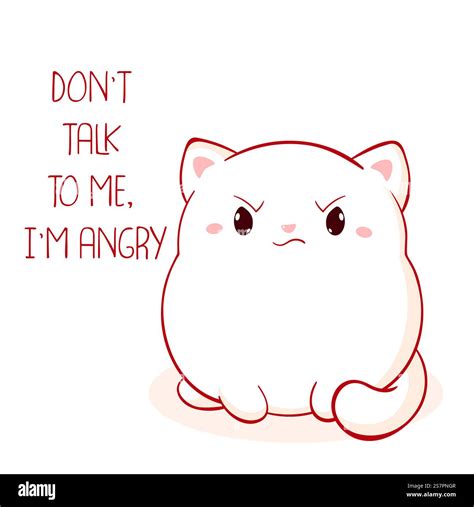The Untailored Truth: Why Fit Matters More Than You Think
In the world of men’s fashion, fit reigns supreme. A designer suit that’s too baggy looks cheap, while an affordable shirt that fits like a glove can elevate your entire appearance. Achieving that coveted ‘tailored’ look often conjures images of endless fittings and hefty tailor bills. But what if you could significantly optimize your clothing fit without ever stepping foot in a tailor’s shop? It’s more achievable than you might think. This guide will reveal practical strategies to sharpen your silhouette, enhance your style, and exude confidence, all through intelligent clothing choices and simple at-home adjustments.
The Foundation of Fit: Key Areas to Master
Before you even think about buying, understanding what constitutes good fit is crucial. Focus on these non-negotiable areas:
- Shoulders: For jackets, blazers, and shirts, the shoulder seam should sit precisely at the edge of your shoulder bone. This is the hardest part to alter without a tailor, so get it right from the start.
- Chest & Torso: Your shirt or jacket should skim your body, allowing for comfortable movement without excess fabric billowing around your midsection.
- Sleeve Length (Shirts): Shirt cuffs should end where your wrist meets your hand, just above your wrist bone, allowing about a quarter to half-inch to show beneath a jacket sleeve.
- Sleeve Length (Jackets): Jacket sleeves should end just above your wrist bone, allowing your shirt cuff to peek out.
- Collar: A shirt collar should sit comfortably around your neck without gaping or feeling restrictive. You should be able to slip one or two fingers between your neck and the collar.
- Trouser Waist: Trousers should sit comfortably at your natural waist, requiring a belt for style, not necessity.
- Trouser Length & Break: This is a style preference, but generally, trousers should have little to no ‘break’ (the fold in the fabric above the shoe) for a modern, clean look.
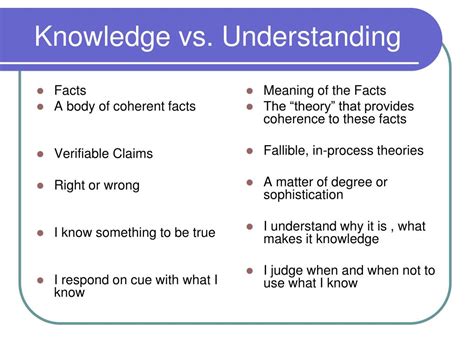
DIY Adjustments for an Instant Upgrade
With a bit of know-how, you can make significant improvements to your clothes’ fit without professional help.
Mastering the Shirt Tuck
A poorly tucked shirt can ruin an otherwise great outfit. Learn the military tuck: button your shirt, then pinch the excess fabric at each side seam and fold it neatly back towards your body before tucking. This creates a cleaner, more streamlined look around your waist.
Sleeve Rolling & Cuffing
Too-long shirt sleeves? Roll ’em up! There are several techniques, but the basic roll (folding the cuff up, then rolling again in increments until it’s just below your elbow) or the master roll (folding the sleeve up to just below your elbow, then folding the remaining cuff over) can instantly tidy up a casual look. For suit jackets or blazers, accept that sleeve length is often fixed, but for casual shirts, this is a game-changer.
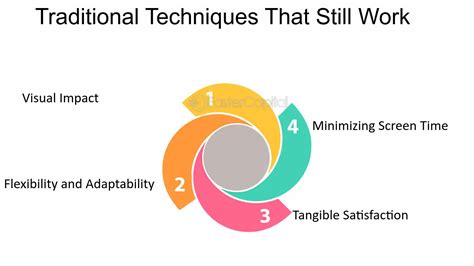
Trouser Hemming Alternatives
For trousers that are just a touch too long, temporary fixes abound. Fabric tape (iron-on hem tape) offers a no-sew, semi-permanent solution. For an even quicker fix, discreetly use safety pins on the inside of the hem. While not perfect, these methods can save an outfit in a pinch.
Strategic Use of Belts
A belt serves more than just holding up your trousers. It can define your waist, creating a more intentional silhouette. Ensure your belt fits well – the buckle should fasten on the middle hole, with enough tail to pass through the first belt loop.
Smart Shopping: Your First Line of Defense
The best way to avoid a tailor is to buy clothes that fit well from the start. This requires patience and strategy.
Know Your Measurements
Take accurate measurements for your neck, chest, waist, inseam, and sleeve length. Keep these handy when shopping, especially online. Don’t just rely on small, medium, large – check size charts!
Try Before You Buy (Always)
Never skip the fitting room. Try on multiple sizes, even if you think you know your size. Different brands have different cuts. Move around in the clothes, sit down, raise your arms – ensure comfort and a good look from all angles.
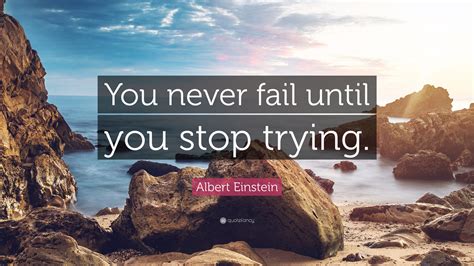
Focus on the Shoulders First
When buying jackets, blazers, or even collared shirts, prioritize shoulder fit above all else. If the shoulders fit, other areas like the waist or sleeves are often easier to live with or subtly adjust.
Explore Different Brands & Fits
Some brands are known for their slim fit, others for classic or relaxed. Experiment to find brands whose ‘standard’ fit aligns best with your body type. For example, if you’re slender, look for brands that cater to a slimmer build to avoid excess fabric.
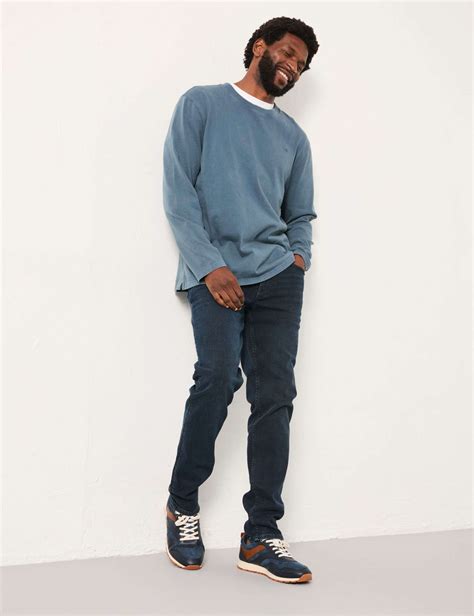
Fabric & Structure: What You Can (and Can’t) Change
Understanding garment construction helps manage expectations. Stretch fabrics (e.g., elastane blends) offer more leeway and comfort, often conforming better to your body. Rigid fabrics like pure cotton or wool have less give and require a more precise fit. Also, be aware of seam allowances; sometimes a garment is designed with minimal allowance, making alterations (even by a tailor) difficult or impossible.
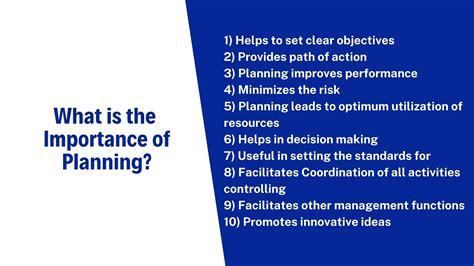
When to Call in the Pros (Eventually)
While you can achieve a lot without a tailor, some situations truly warrant professional intervention. If you’ve invested in a high-quality suit or a garment that needs significant reshaping in the shoulders, chest, or length for a formal occasion, a tailor is indispensable. Think of these as investments that amplify your wardrobe, rather than daily necessities. For most day-to-day wear, however, the DIY tips above will get you remarkably far.
Conclusion: Your Wardrobe, Tailored by You
Achieving a tailored look doesn’t have to be an expensive or complicated endeavor. By understanding the fundamentals of fit, employing smart shopping strategies, and mastering a few simple at-home adjustments, you can transform your wardrobe and elevate your personal style. Embrace these techniques, and you’ll soon find yourself looking sharper, feeling more confident, and sporting a perfectly optimized fit that speaks volumes – all without a tailor’s tape measure in sight.
